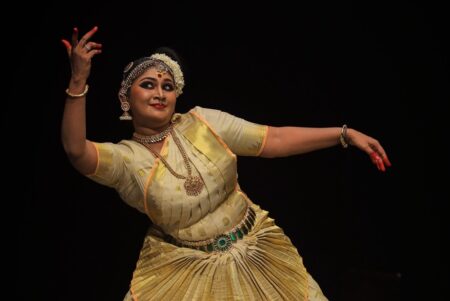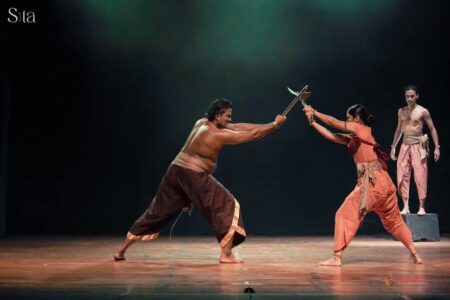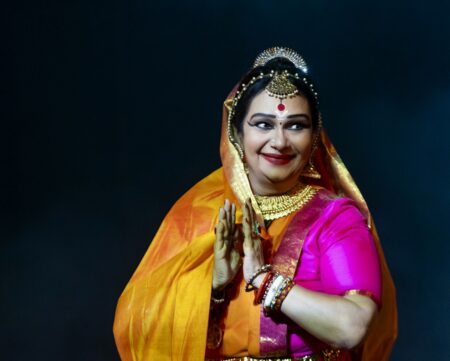Prasaritha Padottanasana will help a dancer improve the flexibility of the waist while Parshwothanasana helps reduce fatigue.
Prasaritha Padottanasana:
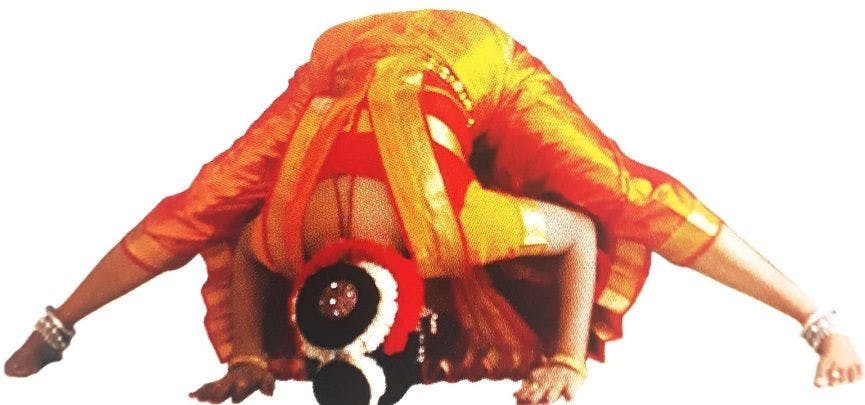
This is one of the postures that is very useful to open up the shoulder joints and to improve the flexibility of the waist – indispensable in improving the basic postures like aramadi.
Prasaritha means to spread, paada is feet and uththana means raised.
To do this posture, first, stand in the samasthiti. While inhaling, place the hands on the flanks, simultaneously placing the feet around four feet apart, keeping the legs stretched. While exhaling, bend forward at the waist so that the forehead touches the ground. Inhale and exhale at least five times.
While inhaling, straighten the back still keeping the hands on the flanks. While exhaling, bring the feet together, resuming samastithi.
Parshwothanasana:
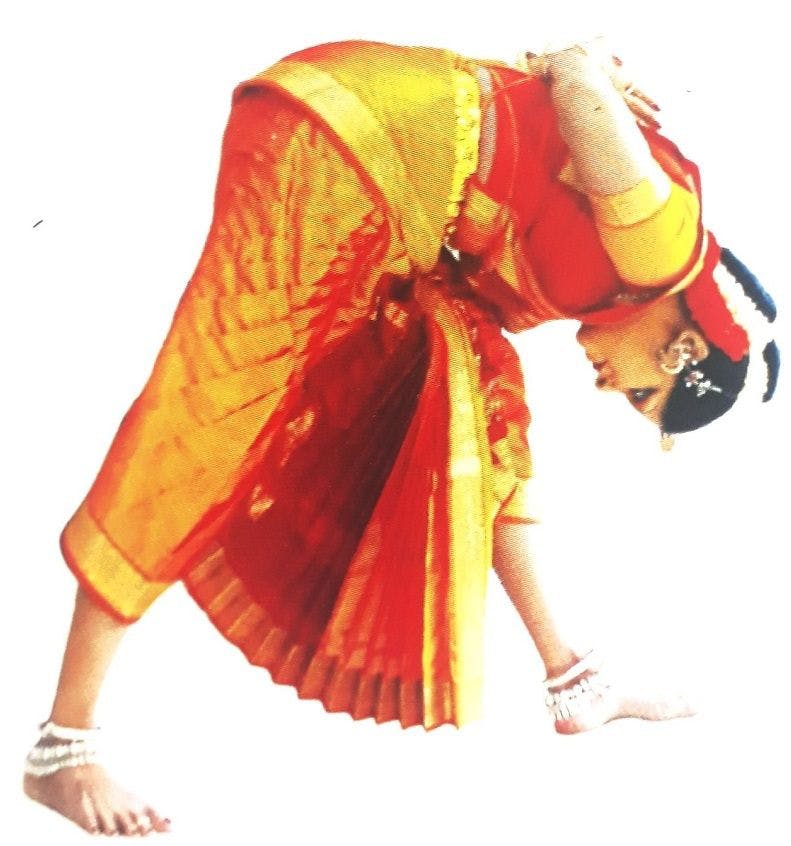
The main purpose of this asana is to improve the grandeur of the posture. The very posture instils into the mind of the dancer a sense of confidence and dignity. Parshwa means sides and uththana means raised. By constant practise of this asana, the respiratory magnitude is highly increased. This ultimately improves respiratory ventilation.
How to do: Stand in Thadasana. The arms are folded back; the palms are joined together. Make a spinal twist to the right. Inhale and raise the head (retract or extend the neck). Start exhaling and bend forward to such an extent that the forehead touches the knee.
Take care the knee is not flexed. In this position, take five breaths. While inhaling, come to the Thadasana position. Repeat on the left side.
This asana has no direct relation to any dance postures or practices; it is invariably useful to expand the chest (respiratory amplitude) and shoulders, stretches the hamstrings facilitating agility and quickness in movements. Continuous practice improves lung capacity and helps to reduce fatigue.
Write to us at [email protected]


